Getting past the shame
...and doing the work. Robin Wall Kimmerer and the lessons from Braiding Sweetgrass
Before we begin…
How have you been thinking about your relationship with the non-humans and plants and elements that sustain us? Is it problematic (as it is for me), or have you arrived a a way of living that works for you and for them?
Welcome! You’ve reached Spark. Learn more here or just read on. If you received this from a friend, please join us by subscribing. It’s free! All you have to do is press the button below. If you have already subscribed, welcome back! If you see something you like, please hit that heart so others can find us more easily.
A field guide for restoring my relationship with earth
I am still making my way through the last quarter or so of Braiding Sweetgrass, the national bestseller by botanist Robin Wall Kimmerer. I feel it working on me like a blade of grass works its way through a crack in the sidewalk. I’m unsettled, awed, and, increasingly, aware of a responsibility that I have never fully faced even though I have known it was there for a long, long time.
The book, a beautiful collection of essays, weaves stories and culture of Native Americans, scientific knowledge, and the teachings of plants to make the case that the earth is wounded but is also resilient, that we have done much damage and it is time to undo it, and that for us to be whole and healthy ourselves, we need to reconcile our relationship with the earth that sustains us.
Braiding Sweetgrass is not a 384-page scold, though. I almost wish it were because I can resist a scold. I cannot resist Kimmerer’s clear, calm, voice that is one minute tinged with sadness, then next with hope, even joy. She describes the wasteland of the Onondaga Lake in upstate New York where there is “Land buried under sixty feet of industrial waste, trickling toxins into the sacred waters of the Onondaga and the home of half a million people – death may be slower than an ax, but it is just as gruesome.” But when she goes to the site, she also sees plants making inroads on the wasteland left behind by chemical companies, “Birch, Alder, Aster and Plantain, Cattail, Moss, and Switchgrass.`On the most barren ground, on the wounds we have inflicted, the plants have not turned their backs on us; instead, they have come.” She points out the anthills where the insects are busy carrying up waste from below and carrying seeds and bits of leaves down into the soil.
Reading her book, I feel like I am a student following a teacher or a child following a mother, learning to look, really look, at strawberries, ants, maples, sweetgrass, cattails, beaver, deer, rivers, streams, brooks, puddles, even the dirt beneath my feet and see them not simply as resources but as fellow beings who have helped to keep me alive. Connections are everywhere and Kimmerer points to them with joy.
“The grasses feed the ants with seeds and the ants feed the grasses with soil. They hand off life to one another…Leaf by leaf, root by root, the trees, the berries, the grasses are joining force, and so there are birds and deer and bugs that have come to join them. And so the world is made.” - Robin Wall Kimmerer, Braiding Sweetgrass
The plants, for Kimmerer, are teachers. So are the stories saved, cherished, and told among the Potawatomi nation of which she is a citizen. The book opens with a foundational story about the formation of the earth that exists in many versions through the nations of indigenous people. In these stories there is no hierarchy with humans at the top, only circles of interdependent lives and they way they use language reflects this. All things are “someone” or “people.”
“Saying it makes a living land into “natural resources.” If a maple is an it, we can take up the chain saw. If a maple is a her, we think twice… the arrogance of English is that the only way to be animate, to be worthy of respect and moral concern, is to be human.” - Robin Wall Kimmerer, Braiding Sweetgrass
But acknowledging the animacy of the land and the beings that people it, means acknowledging that for us to live, animals or plants must die. Water, air, and earth must be used. In daily life, it is possible to consume what I want without truly registering the cost on a personal level. It is possible to put my plastics in the recycling barrel and not think about what happens when the barrel is emptied into the truck that takes it further away from me to be someone else’s problem. I can go to Trader Joe’s and buy that plucked, cleaned, carved-up chicken labeled in green letters proclaiming its purity without registering what it took to get it there. I do experience a shadowy, uncomfortable feeling when I toss the plastic or put that chicken in my cart but I tell myself I’m doing what I can or at least better than I was, and there is nothing more I can do for the chicken except not waste it.
“Just about everything we use is the result of another’s life, but that simple reality is rarely acknowledged in our society,” Robin Wall Kimmerer, Braiding Sweetgrass
When Kimmerer taps into her background as a scientist, she provides the third key dimension to her book. Interestingly, she presents science as a source of learning and teaching but also as a point of potential conflict that often – unnecessarily in her view – clashes with the ideas about the workings of the earth held in the stories and practices of Native Americans. Some of the most fascinating chapters are those that describe the classes and students she leads into swamps to study the cattails or the forests to discover oak roots in ways that blend scientific exploration and observation with concepts about interdependence and restoration rooted in Indigenous culture. The reader witnesses these students waking up, moving from their despair and anger about the damage they find to the work of appreciation and restoration. They turn their focus not only to the taking but what can and must be given back.
“Whether we are digging wild leeks or going to the mall, how do we consume in a way that gives justice to the lives we take?” - Robin Wall Kimmerer, Braiding Sweetgrass
I know that the “shadowy, uncomfortable feeling” I experience when I discard the plastic or purchase the chicken is rooted in shame and, to a large degree, despair. Every day there is more bad news about the environment, climate change, the ways we are destroying where we live. At times I have felt the same way I did when I was young and very much in debt – that feeling of being in so deep, what difference could it possibly make to try to fix it?
A lot, according to Kimmerer. Perhaps the most powerful aspect of Braiding Sweetgrass is that there is hope, even now, more than a decade after it was published. We can follow the teachings of plants, indigenous wisdom, and science to build a relationship with the earth that sustains us and to restore it. Although this book is a marvel – a tapestry of meditation, memoir, history, science, poetic prose – its greatest gift is the path out of despair that it offers people like me who have been immobilized by it. We can start by looking, acknowledging, saying thank you, and giving back. We can support the earth’s natural urge to restore itself in the face of threats. We don’t have to be scientists to do it.
There are no complicated instructions here, only a gentle wise voice who takes me by the hand and walks with me, telling me stories that echo the most basic instructions I was given as a child, “do unto others as you would have done to you:”
Acknowledge and respect each being
Ask before taking
Take only what you need and leave enough for a species’ life to continue
Give thanks, recognize the abundance that exists even on a wounded earth
Reciprocate, take responsibility - give back to sustain the beings that sustain us
If you cause injury then do what you would do with any human with whom you have a relationship: acknowledge the damage and work to restore it
“Each person, human or not, is bound to every other in a reciprocal relationship. Just as all beings have a duty to me, I have a duty to them. If an animal gives its life to feed me, I am in turn bound to support its life. If I receive a stream’s gift of pure water, then I am responsible for returning a gift in kind. An integral part of a human’s education is to know these duties and how to perform them…We can do it through gratitude, through ceremony, through land stewardship, science, art, and in every day acts of practical reverence.” Robin Wall Kimemmerer, Braiding Sweetgrass
I am not sure where this journey will take me. I am not a person who leaves her comforts or comfort zone so easily but this book will be a companion going forward. It is a big book, perhaps too big for some, and the recurrence of certain themes may strike some as repetitive. For me, however, the book works as a field guide of sorts. I can pick it up, read a couple of pages or a single chapter in any order and find what I need: inspiration, examples, reminders, and beautiful images and stories that illustrate why it matters.
“Restoration is a powerful antidote to despair”
“We have enjoyed the feast generously laid out for us by Mother Earth, but now the plates are empty and the dining room is a mess. It’s time we started doing the dishes in Mother’s Earth’s kitchen…everyone who migrates to the kitchen after a meal knows that’s where the laughter happens, the good conversations, the friendships. Doing dishes, like doing restoration, forms relationships.” - Robin Wall Kimmerer, Braiding Sweetgrass
I have already taken one action that is easy for anyone to take if so moved: to support the work of The Society for Ecological Restoration, an organization Kimmerer mentions many times throughout the book. This is a group that is centered on the restoration of ecosystems that have been degraded, damaged, or destroyed and works to improve biodiversity and resilience and to “re-establish a healthy relationship between nature and culture.” There are many ways to support the organization but here is the link if you simply wish to donate.
“Even a wounded world is feeding us. Even a wounded world holds us, giving us moments of wonder and joy. I choose joy over despair. Not because I have my head in the sand, but because joy is what the earth gives me daily and I must return the gift.” - Robin Wall Kimmerer, Braiding Sweetgrass
Bringing nature to the page: three books…
Other books by Robin Wall Kimmerer: Gathering Moss, a 2003 university press book rooted in academic research that served as inspiration for Elizabeth Gilbert’s novel The Signature of All Things. On the cover of Braiding Sweetgrass, Gilbert extols the book as “a hymn of love to the world.” Had Kimmerer not become a botanist, she says, she would have been a poet.
H is for Hawk by Helen Macdonald. I learned about this book first from one of you. Since then I’ve heard so many good things about it. This is one of those books ostensibly about one thing, in this case the training of a hawk, but becomes something much more as the author weaves her own story and reflections on a difficult period into the story of her relationship with a difficult bird. Here is a great discussion with her and Robin Wall Kimmerer about the nature of the world and the ways to tell the stories it holds:
…and two newsletters that I love
Illustrator Amy Jean Porter has not added many new issues lately to her newsletter, Wild Life but her archives are filled with her beautiful art and her musings about the animals she finds in the wilds of her suburban home.
Bill Davison’s Easy by Nature is new to me but I love the idea behind it: creating a home for native species - plants and animals - that may have been driven out.
Finally: Bill Maher?
My husband will tell you — anyone who knows me will tell you — that I am NOT a great fan of Bill Maher. On occasion, though, he puts arguments out there that seem worth having. In this one, an 2017 show, he postulates that it would be better to invest our science dollars in restoring our planet than in exploring or inhabiting Mars or other planets. It’s not a new discussion but I’m interested in what you think:
Is it more important to explore the possibilities of other planets or to come up with better solutions to restore the one we have? If both are important then should we devote more money, time, and brainpower to one over the other? Which one?
Our community continues to grow
Welcome to each and every new person who has joined us. It’s thrilling to find so many new folks on board each day. If you would like to check out past issues, here’s a quick link to the archives. Be sure to check out our Resources for Readers and Writers too. And help us spread the word by sharing Spark with your friends. Oh, you can find most of the books discussed here on the Spark Community Recommendations Page of bookshop.org where each sale supports local bookstores and generates a commission that I receive.
That’s it for this week. Let me know you are and what you’re reading. If there’s an idea, book, or question you’d like to see in an upcoming issue of Spark, let us know! Use the comment button below or just hit reply to this email and send your message directly.
And remember, If you like what you see or it resonates with you, please take a minute to click the heart ❤️ below - it helps more folks to find us!
I’ll be back next week.
Gratefully yours,
Betsy
P.S. And now, more than ever, your moment of Zen…doing the work
Calling for Your Contribution to “Moment of Zen”
What is YOUR moment of Zen? Send me your photos, a video, a drawing, a song, a poem, or anything with a visual that moved you, thrilled you, calmed you. Or just cracked you up. This feature is wide open for your own personal interpretation.
Come on, go through your photos, your memories or just keep your eyes and ears to the ground and then share. Send your photos/links, etc. to me by replying to this email or simply by sending to: elizabethmarro@substack.com. The main guidelines are probably already obvious: don’t hurt anyone -- don’t send anything that violates the privacy of someone you love or even someone you hate, don’t send anything divisive, or aimed at disparaging others. Our Zen moments are to help us connect, to bond, to learn, to wonder, to share -- to escape the world for a little bit and return refreshed.
I can’t wait to see what you send!


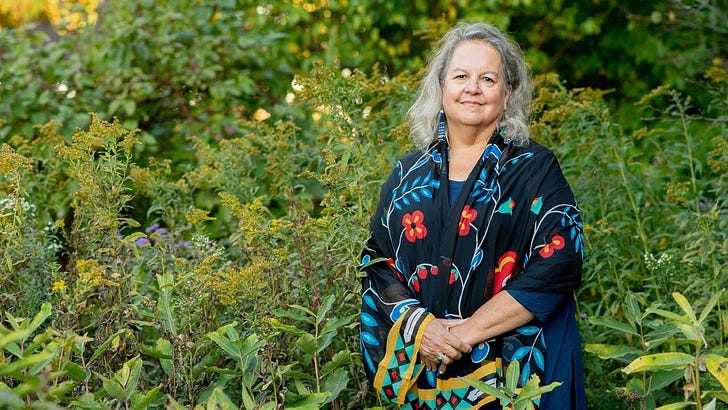

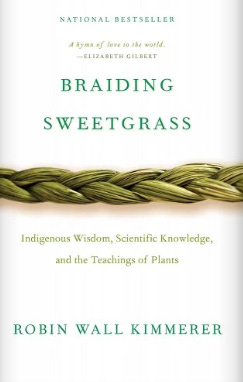

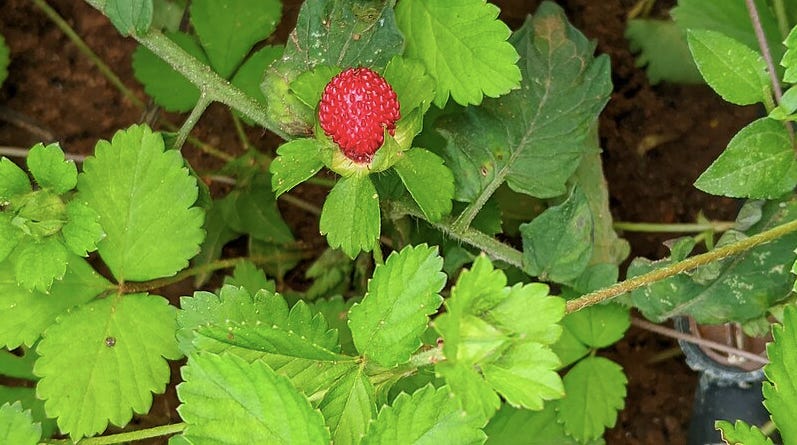
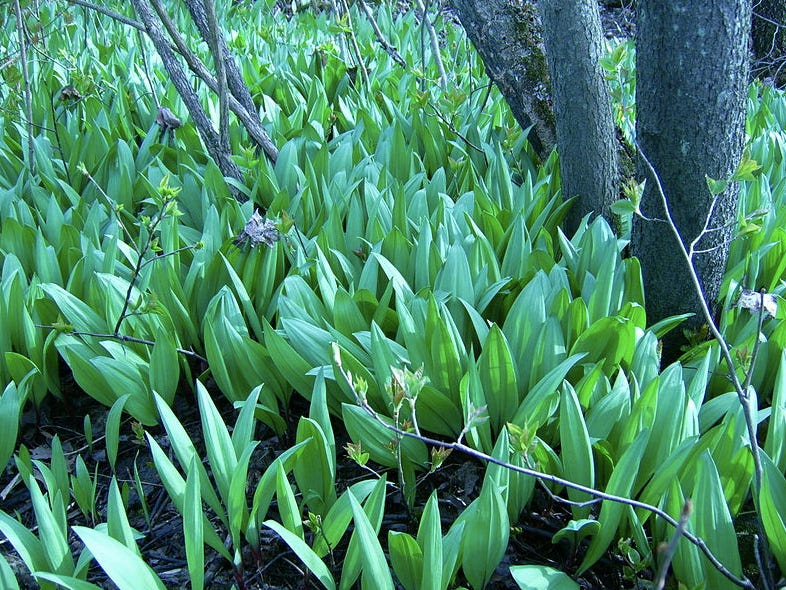
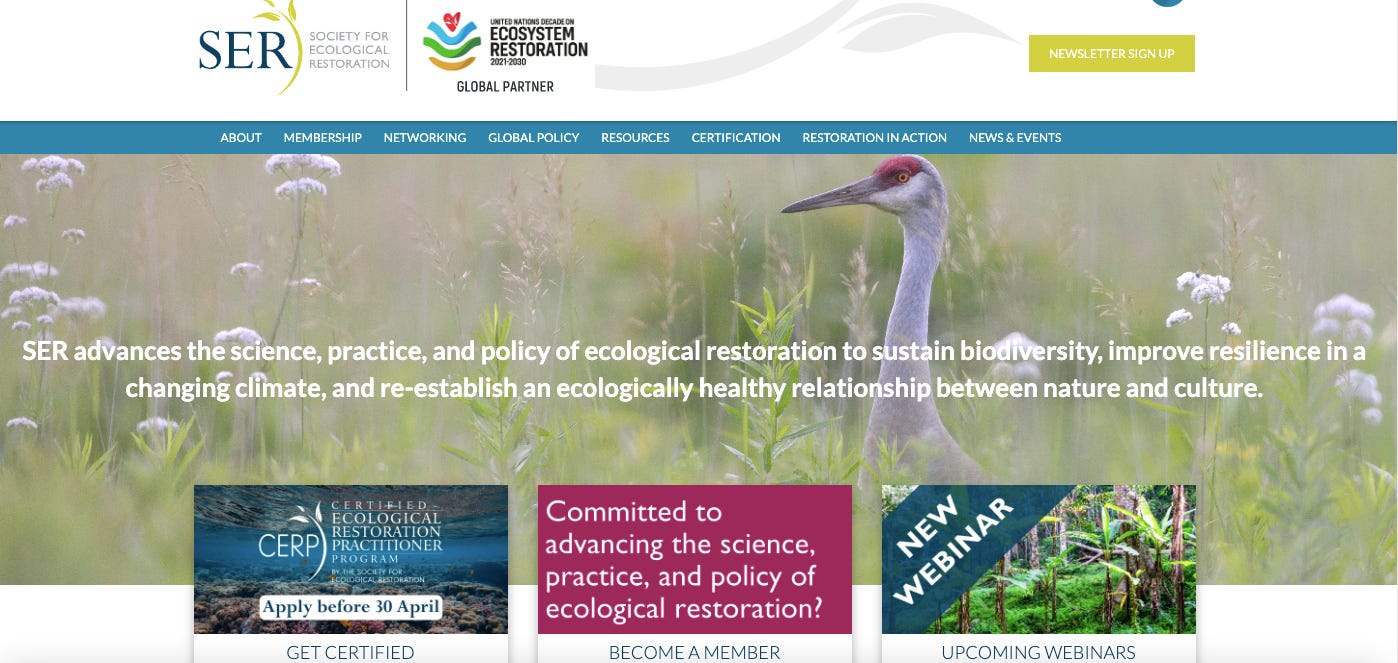

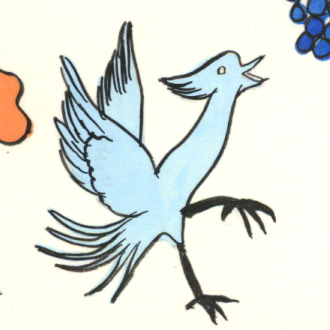
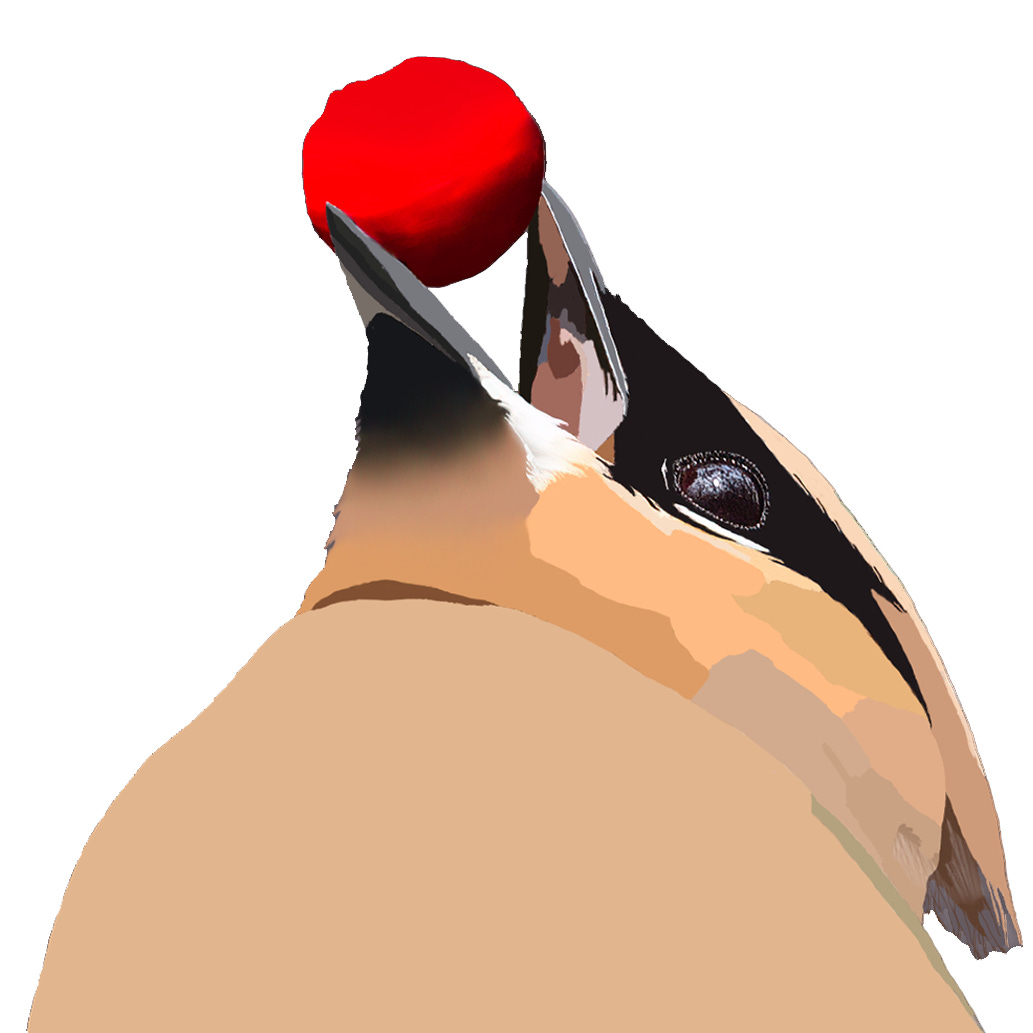
Maybe because I was raised in the country (mid-MIssouri), or maybe it was the first Earth Day that influenced me so much, but I became a vegetarian in 1970, and started recycling then too. Portland has free recycling and composting bins, but I also recycle single-use plastics, batteries, bread things (those little square closers), fabric scraps. I upcycle old clothes into new things. I sew, I garden, I'm creating a backyard habitat. These things all bring me joy. Because we just moved back to Portland 18 months ago, and I planted and planted and planted (5 trees, multiple bushes, so many native plants for bees and other pollinators) I'm watching everything leaf out and blossom now. Trying to turn our yard into something that resembles what it was before people were here. Or at least what it was when the only people were indigenous (many tribes here including Cowlitz, Cascades, Clackamas, Confederated Tribes of Siletz, Confederated Tribes of Grande Ronde, and more. But all this is so little. I still drive a car, use heat and a/c, use milk products. We do have hens, so at least I don't buy eggs.
Loved today's post. Two of my favorite books of the last decade. Yes, Braiding Sweetgrass changed me, and I bought copies for all my favorite people last year when I discovered the book. But H is for Hawk is so good, too. Glad you are sharing these brilliant books with your readers.
As to the this world versus other worlds question, I am all for restoring this planet but I don't want the choice to be binary. We have plenty of resources to do both, if we truly put our thoughts into action.